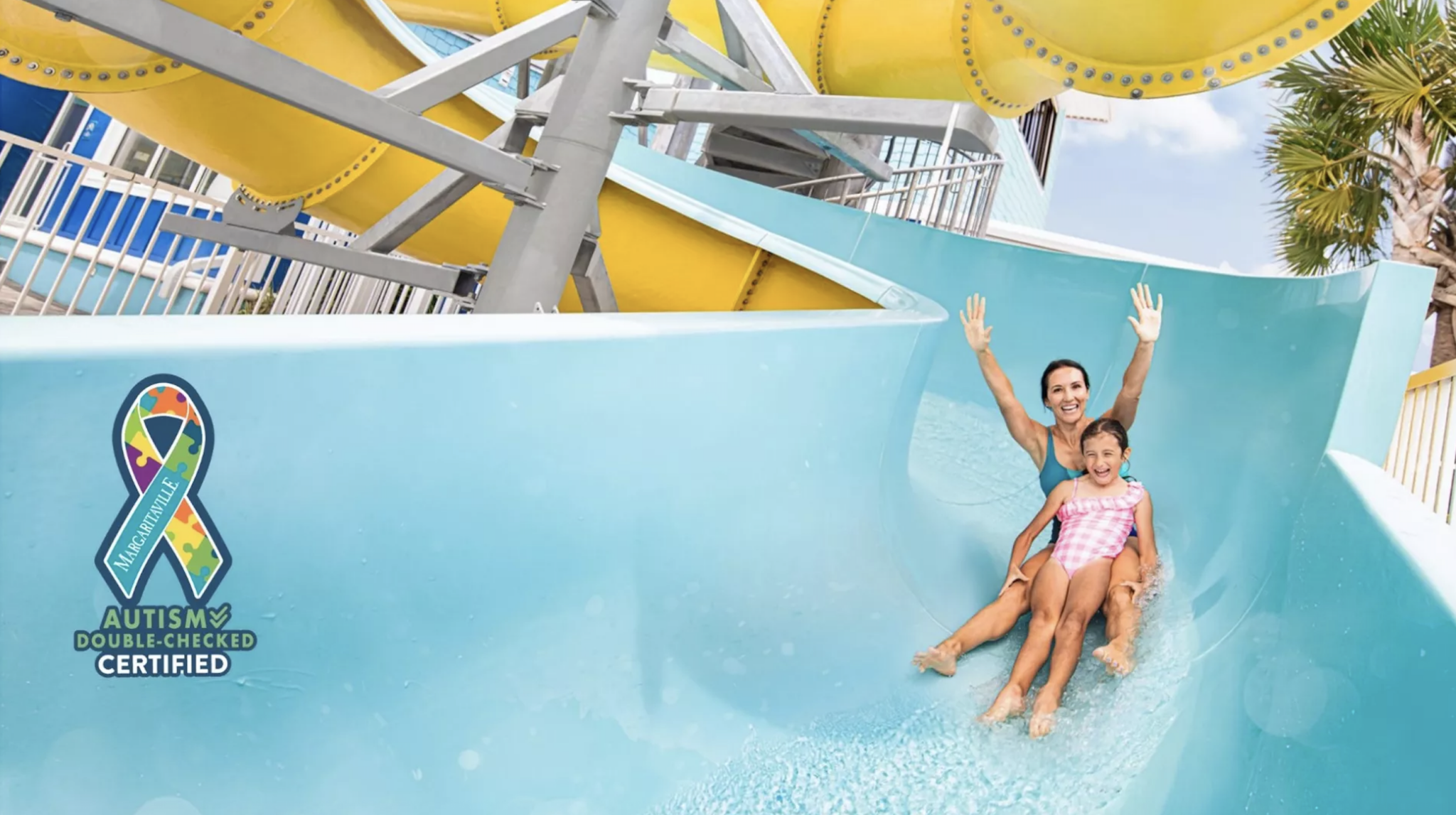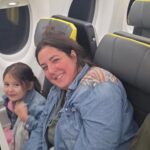
School’s out, summer’s in—and for many families, that means vacation time. But for families with autistic children, summer travel brings unique challenges that go far beyond packing bags or booking flights.
Back in April, for Autism Acceptance Month, we shared a series of essential travel tips on our Instagram, Facebook, and LinkedIn channels, to help families prepare for vacations with autistic kids. While those tips apply year-round, summer travel often brings its own set of challenges—from crowds and heat to disrupted routines. That’s why we’re going a step further in this post, offering real-life advice for real-world summer trips, based on what families have told us they actually need on the road.
This guide is here to help—with realistic strategies to make your summer travel smoother, more predictable, and, most importantly, more enjoyable for the entire family.
1. It’s Not Just a Trip—It’s a Double Transition
Summer means school is out—and that’s already a major routine shift. Add in the unfamiliarity of travel, and it’s a lot for an autistic child to process.
Many families find that the combination of two disruptions—first, the loss of the school-year routine, and second, the unpredictability of travel—can be overwhelming for their child. One helpful approach is to “go back to basics” by keeping daily rituals consistent: same bedtime, same snack, even the same toothbrush color. These familiar anchors can offer a strong sense of security in new environments.
Tip: Before you go, acknowledge the two layers of change: the shift from school to summer, and from home to a new environment. Talk about both openly and in advance. Use social stories, videos, or visual schedules to help them prepare.
2. Create a “Travel Routine” – Not Just an Itinerary
It can be tempting to pack every day with activities—but autistic children often benefit from predictable rhythms, even when away from home.
Build a daily routine with flexible structure, like:
- Morning: breakfast + downtime (TV, quiet toy, drawing)
- Midday: one planned outing
- Afternoon: lunch + hotel room break
- Evening: same dinner time, wind-down routine, lights out
Tip: Keep key anchors of the day consistent—mealtimes, preferred snacks, bedtime routines. Even having the same bedtime story or sleep sound can offer a sense of safety in a strange place.
3. Involve Your Child in the Planning Process
Giving your child a say in what to expect can ease anxiety and create excitement. Even small choices offer a sense of control.
Let them:
- Pick which color suitcase to pack
- Choose between two activity options
- Help build a visual schedule for the day
Tip: Use visuals to preview each day’s plan. You can print icons or use an app like Choiceworks by Bee Visual.
4. Prepare the Environment Before You Arrive
Where possible, reduce the unknowns of your destination:
- Call ahead to ask about sensory-friendly spaces or quiet hours
- Check hotel photos in advance and talk through what the room will look like
- Bring familiar items from home: blankets, snacks, headphones, favorite cups
Tip: Plan a “settle-in day” where you do nothing big—just unpack, explore the space, and give your child time to adjust.
5. Plan for Overwhelm—Not Just the Fun
Even with the best prep, meltdowns and shutdowns may still happen—and that’s okay. What matters most is how you respond.
Pack a “coping kit” with:
- Noise-canceling headphones
- Sunglasses or a hat
- Fidgets or sensory tools
- Favorite snacks
- A calming visual or card with grounding strategies (deep breaths, squeezes, counting)
Tip: Designate a “quiet zone” for every day—whether that’s a shaded bench at the zoo or your car’s back seat.
6. Support Everyone in the Family (Including Siblings)
Neurotypical siblings may also need extra support when travel plans are centered around a brother or sister’s needs.
Tip: Make space for them by:
- Letting each child pick one “special” thing for the trip
- Talking honestly about everyone’s needs
- Planning sibling-only time (even just 15 minutes) when possible
7. Celebrate the Wins (Even the Small Ones)
Maybe you didn’t make it to every attraction. Maybe your child needed a break halfway through the day. That’s okay.
Even small moments—like a child asking for headphones before entering a loud space—can be a powerful reminder of growth and self-awareness. These are the true highlights of a successful trip.
Tip: Every moment of regulation, every smile, every peaceful night in a hotel is a victory worth celebrating.
Looking for Autism-Friendly Travel Providers?
Planning is easier when you know your destination understands autism. That’s why we’ve created a directory of Autism Double-Checked certified providers—companies that have completed autism training and are committed to inclusive, supportive travel.
Here’s what you’ll find:
- ADC-certified hotels
- ADC-certified airports
- ADC-certified travel advisors
- And while airlines are not listed in the directory yet, you can book with confidence on Breeze Airways, BermudAir, and JSX, all of which are Autism Double-Checked certified.
Start your planning here: autismchecked.com/who-is-certified
Bonus: Free Download – Summer Travel Visual Schedule Template
Help your child feel confident and prepared each day of your trip with our simple, customizable visual schedule template.
You can print this out and fill in:
- The time and activity
- Paste or draw a visual/icon for each event
- Use a sticker or checkmark in the “Done?” column
Every family’s journey is different—but with the right tools and mindset, travel can become more than just possible. It can be meaningful.




